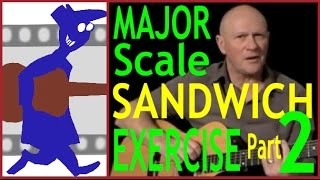How to Improvise with the Diminished Scale
Published on 26 January 2016
If you would like to gain full access to all our Guitar Teaching Materials please visit the Secret Guitar Teacher Site and take a free tour: http://www.secretguitarteacher.com/youtube/ssb.php?lp_id=400
Here's the video transcript:
There are I think two broad approaches you can take to putting this very jazzy scale to work in your improvising.
Firstly, for reasons that will emerge later in this lesson, you can simply think of it as a dominant scale - this means you can play it directly over the 5th chord in pretty much any progression. So, for example, in this 2-5-1 in F major I could use the C half whole diminished scale over the C9 chord. And there's no harm in just blasting away at this, feeling your way into it like this...
You have to use your ears to calculate just how much weight you can put on each note in the scale , but as long as you have a good idea where the F6 chord tones are resolving to one of those as the sequence comes back to the key chord will get you out of most kinds of trouble. So that's improvising by winging it - a great exercise in itself that helps develop your core musical skills very nicely.
But there are also quite a few analytical approaches you can take with this scale that will encourage you to play some very effective phrases that you are perhaps less likely to stumble on when you 're just winging it. We start this analytical approach by looking at how the notes of the scale match up to the basic C Major scale. We can then start to see which specific chord types the scale suggests.
For example, we can see that we have the Root, major 3rd, 5th and flatted 7th notes. So that explains why we classify this scale as dominant - it contains all the notes of the dominant seventh chord. And we can then work away at building a few ideas around that. Another chord that pops out to me is the 7#9 chord. This is made up of the dominant seventh chord 1 3 5 b7 with the #9 added.
Many of us think of this as the Hendrix chord - as it was behind so many of his signature licks. But it is widely used in all areas of jazz. So, again finding a shape or two for this chord and then working on how that fits in with the diminished scale produces interesting ideas .
So now I am going to go back to my 2 5 1 backing track and work at blending these ideas in. When you are trying this, start slowly and simply map out the underlying elements...the basic arpeggios of the chord used in the backing to start with.. then the chords we are effectively substituting for the C dominant 9th chord...the C7... and the C7#9 chords...then blend in bits of our diminished scale...just one or two notes to start with ...and gradually allow things to build up.
Following a similar procedure you can experiment with building licks around other dominants and altered dominants using the other intervals that the half whole diminished scale offers up: the b9, the b5 and the 13th.
Below, you should find a link to the 2-5-1 backing track so that you can spend a little time working over these ideas yourself.
If you found this little video useful, please click on the ‘Like’ button if there is one, or leave a comment, and do feel free to share the video with your friends.
And if you’d like to gain full access to all our guitar teaching materials please visit the Secret Guitar Teacher Site, and take a free look round at what's available there.
See you again soon!
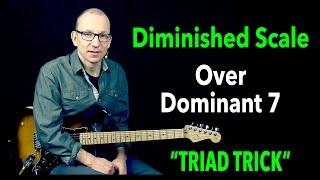 Diminished Scale over Dominant 7 - using a TRIAD -...
Diminished Scale over Dominant 7 - using a TRIAD -...
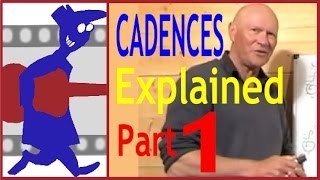 Cadences explained (Part 1)
Cadences explained (Part 1)
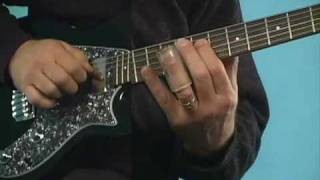 Guitar Lesson: Standard Tuning Slide Lick
Guitar Lesson: Standard Tuning Slide Lick
 F Chord Cheats for Guitar Players
F Chord Cheats for Guitar Players
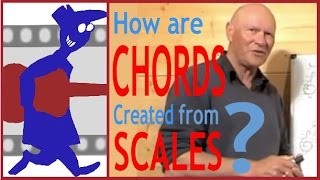 How are chords created from scales?
How are chords created from scales?
 Guitar Lesson: Alex Skolnick - Alternate picking (...
Guitar Lesson: Alex Skolnick - Alternate picking (...
 Dorian Mode in 3 ways
Dorian Mode in 3 ways
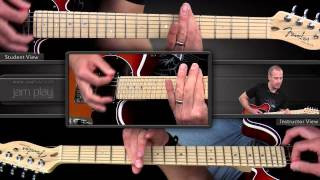 Beginner Guitar Lesson - The A Shape Barre Chord
Beginner Guitar Lesson - The A Shape Barre Chord
 Mother of All Major Scale Exercises - Part 1 of 4
Mother of All Major Scale Exercises - Part 1 of 4
 Lydian Mode: Part 2 - Modal Progressions
Lydian Mode: Part 2 - Modal Progressions

